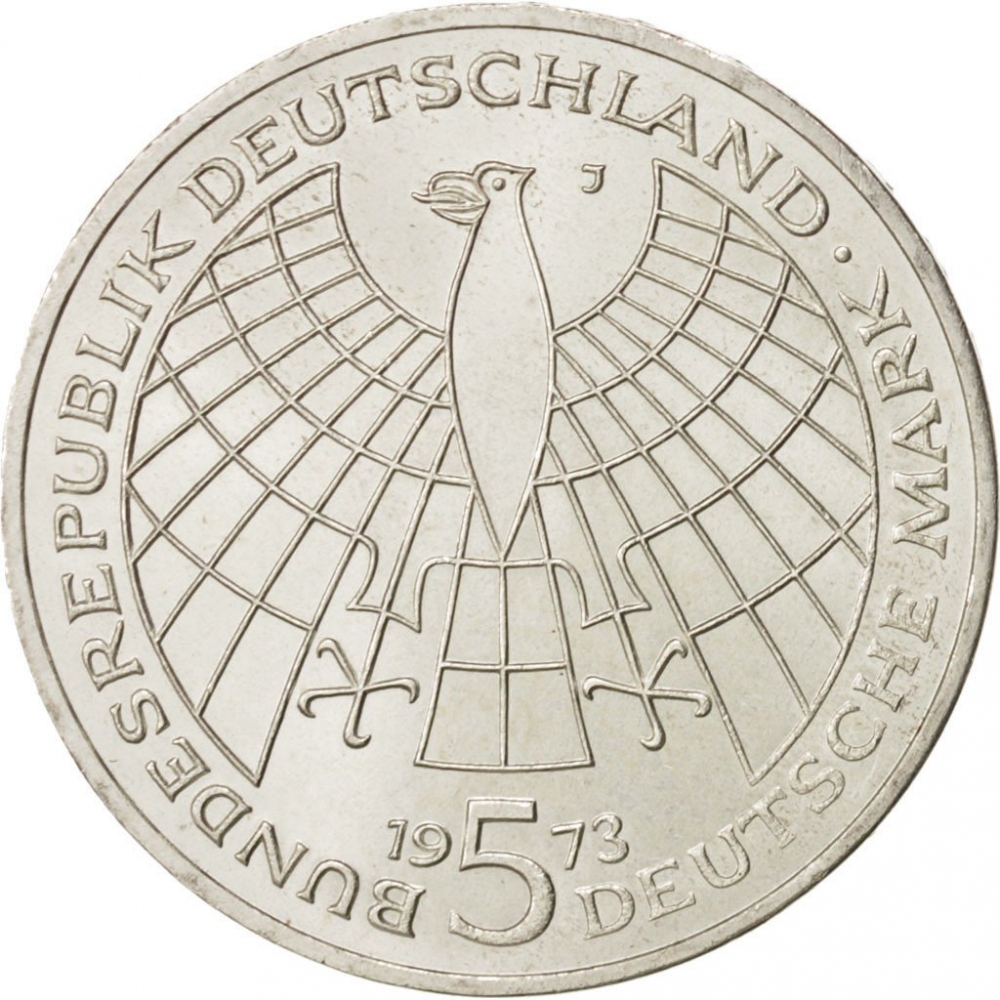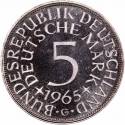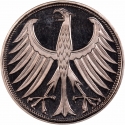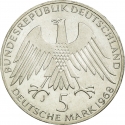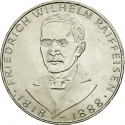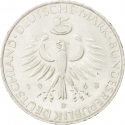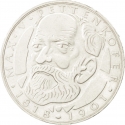You are about to finish your registration. Please check your mailbox (including spam folder). There should be a letter with a confirmation link. Check setting to make sure that your e-mail address is correct.
Send letter againDescription
Nicolaus Copernicus (1473–1543) was a Renaissance-era mathematician and astronomer, who formulated a model of the universe that placed the Sun rather than Earth at the center of the universe.
The publication of Copernicus' model in his book De revolutionibus orbium coelestium (On the Revolutions of the Celestial Spheres), just before his death in 1543, was a major event in the history of science, triggering the Copernican Revolution and making a pioneering contribution to the Scientific Revolution.
Copernicus was born and died in Royal Prussia, a region that had been part of the Kingdom of Poland since 1466. A polyglot and polymath, he obtained a doctorate in canon law and was also a mathematician, astronomer, physician, classics scholar, translator, governor, diplomat, and economist. In 1517 he derived a quantity theory of money—a key concept in economics—and in 1519 he formulated an economic principle that later came to be called Gresham's law.
Engraver: Reinhart Heinsdorff
Obverse

|
Depicts circularly stylized (reminds a globe) Federal Eagle in the centre, surrounded by the country name, facial value divides issue date. Mintmark of Hamburg Mint (J) near the eagle's head. BUNDESREPUBLIK DEUTSCHLAND |
|---|---|
Reverse

|
Depicts a part of Copernicus's schematic diagram of his heliocentric theory of the Solar System, with the sun in the centre surrounded by the orbits of the 6 planets (Mercury, Venus, Earth, Mars, Jupiter and Saturn). The scientist's name and life years on the left, the inscription "Sphere of the Fixed Stars" on the right. NIKOLAUS KOPERNIKUS 1473 - 1543 * SPHÄRE DER FIXSTERNE * |
| Edge |
Inscription in Latin "At the centre seats the sun" IN MEDIO OMNIUM RESIDET SOL |
5 Deutsche Mark
500th Anniversary of Birth of Nicolaus Copernicus
KM# 136 Schön# 135 Jaeger# 411
500th Anniversary of Birth of Nicolaus Copernicus
